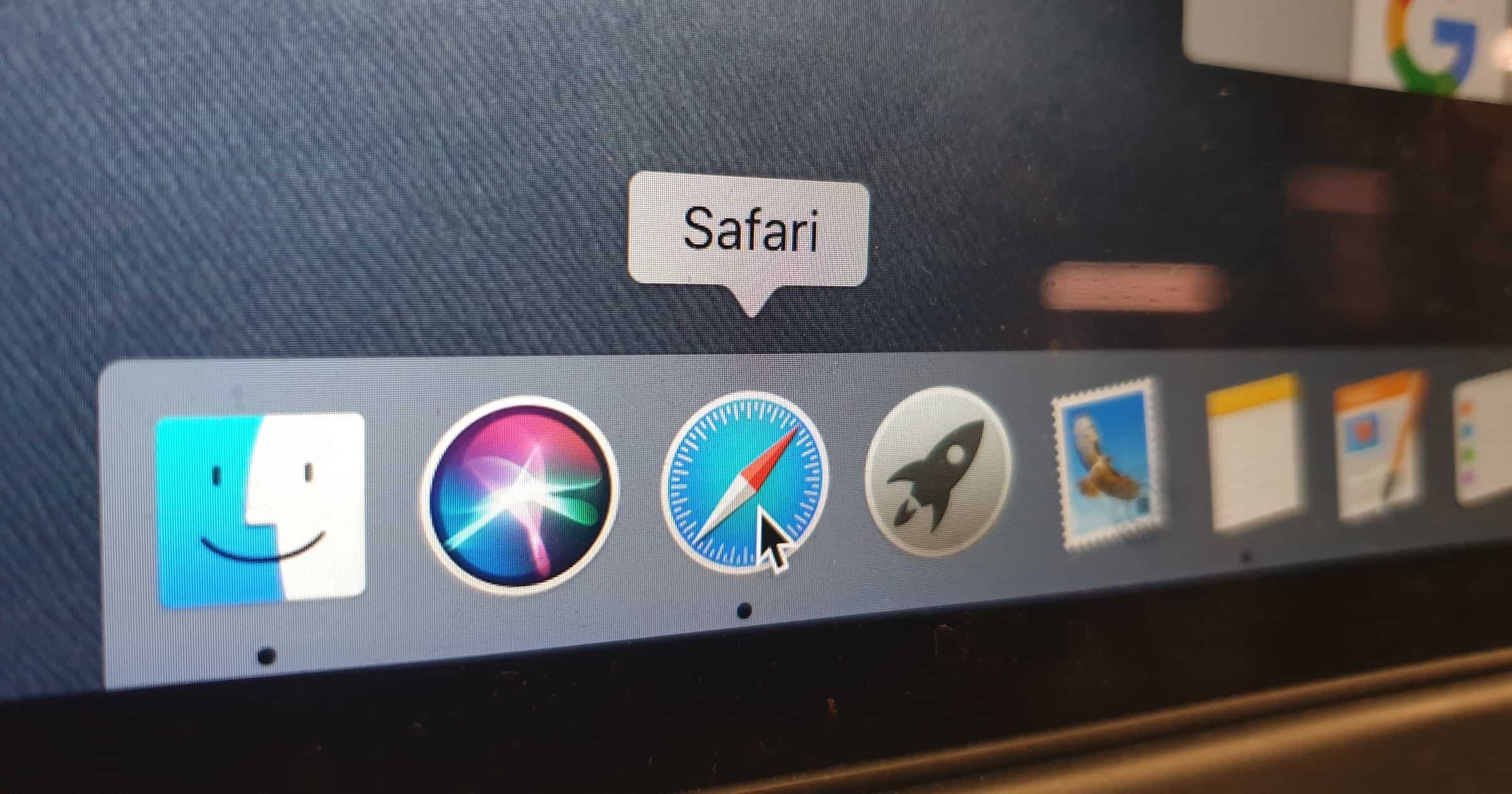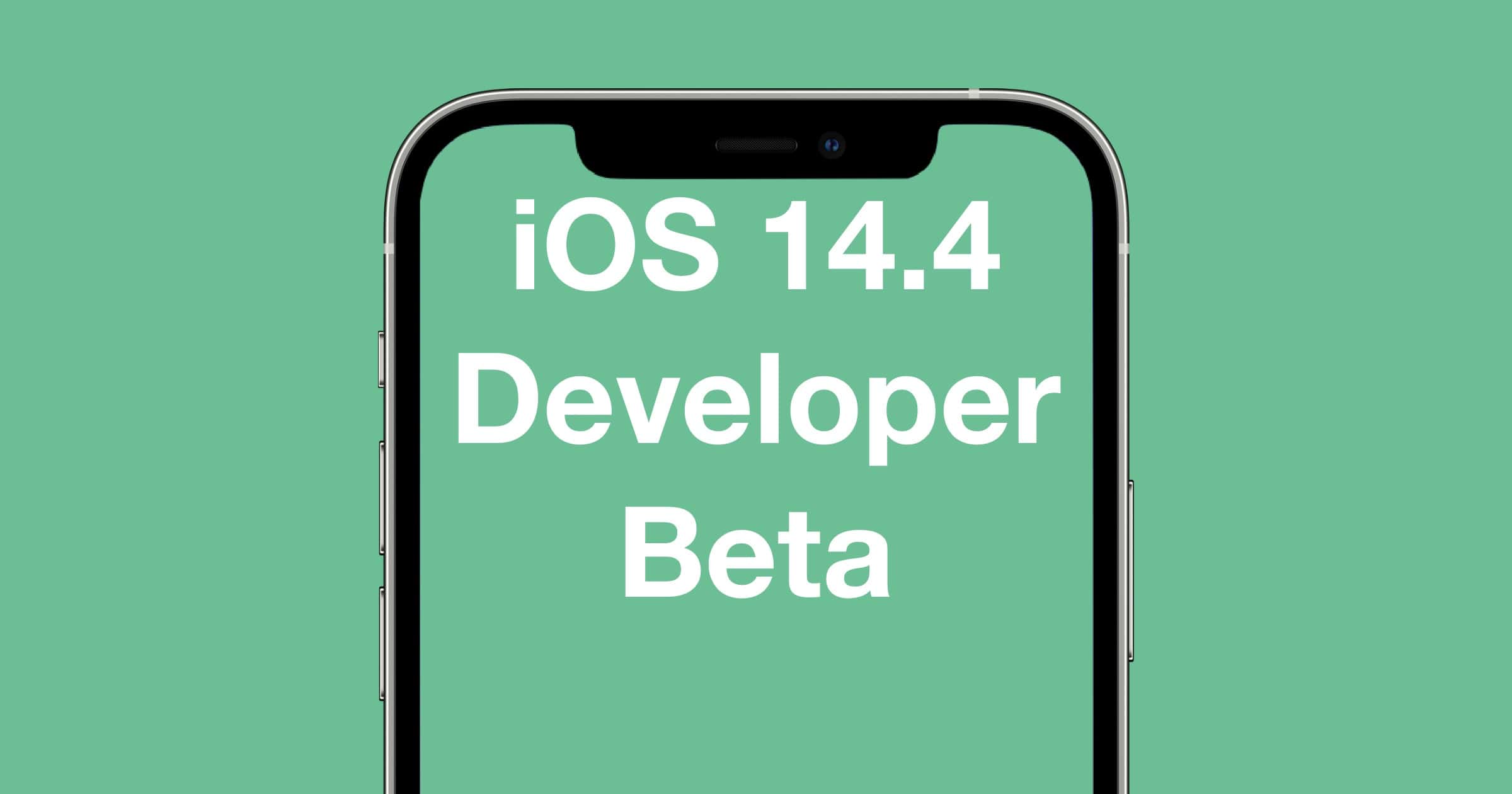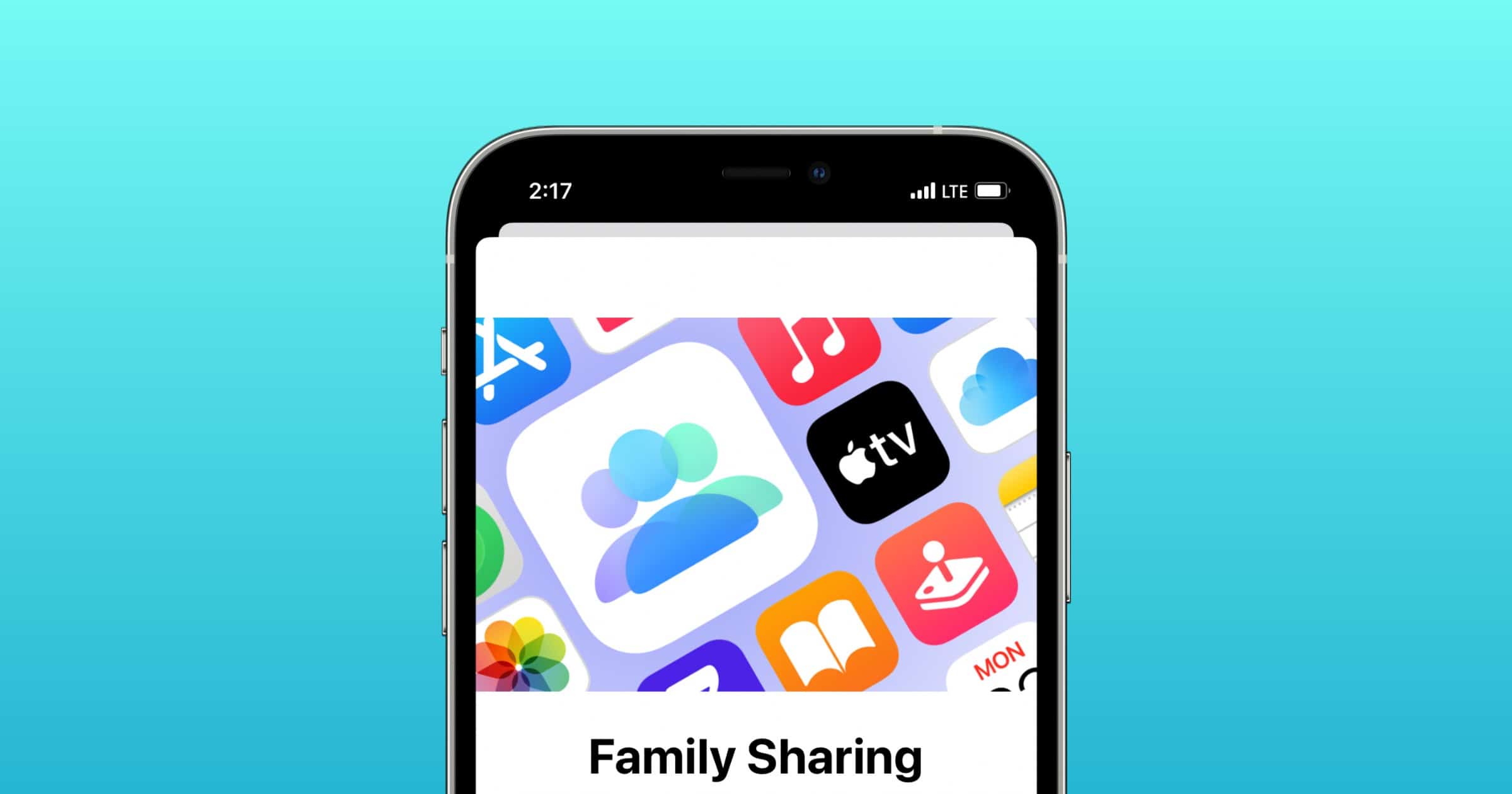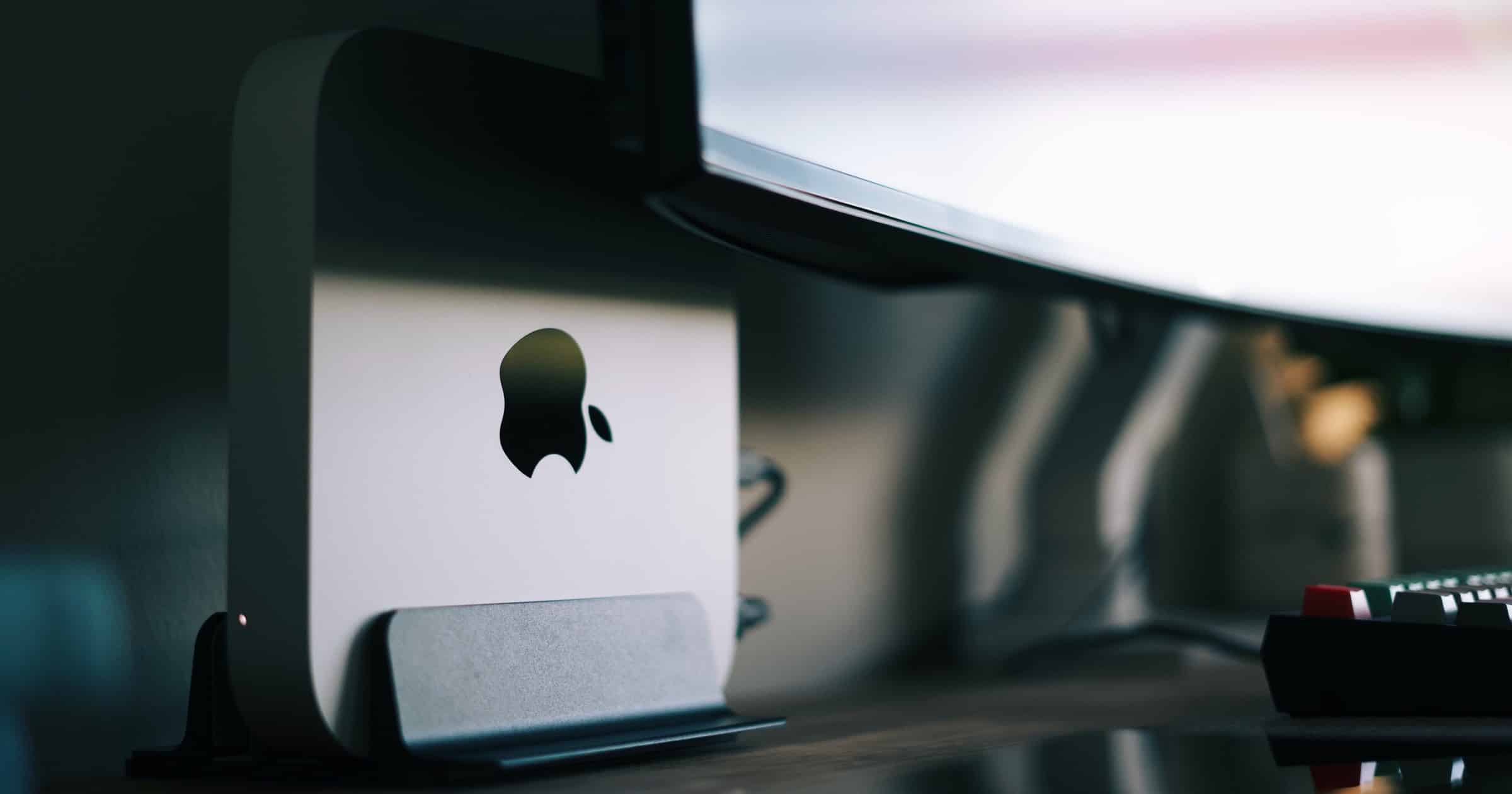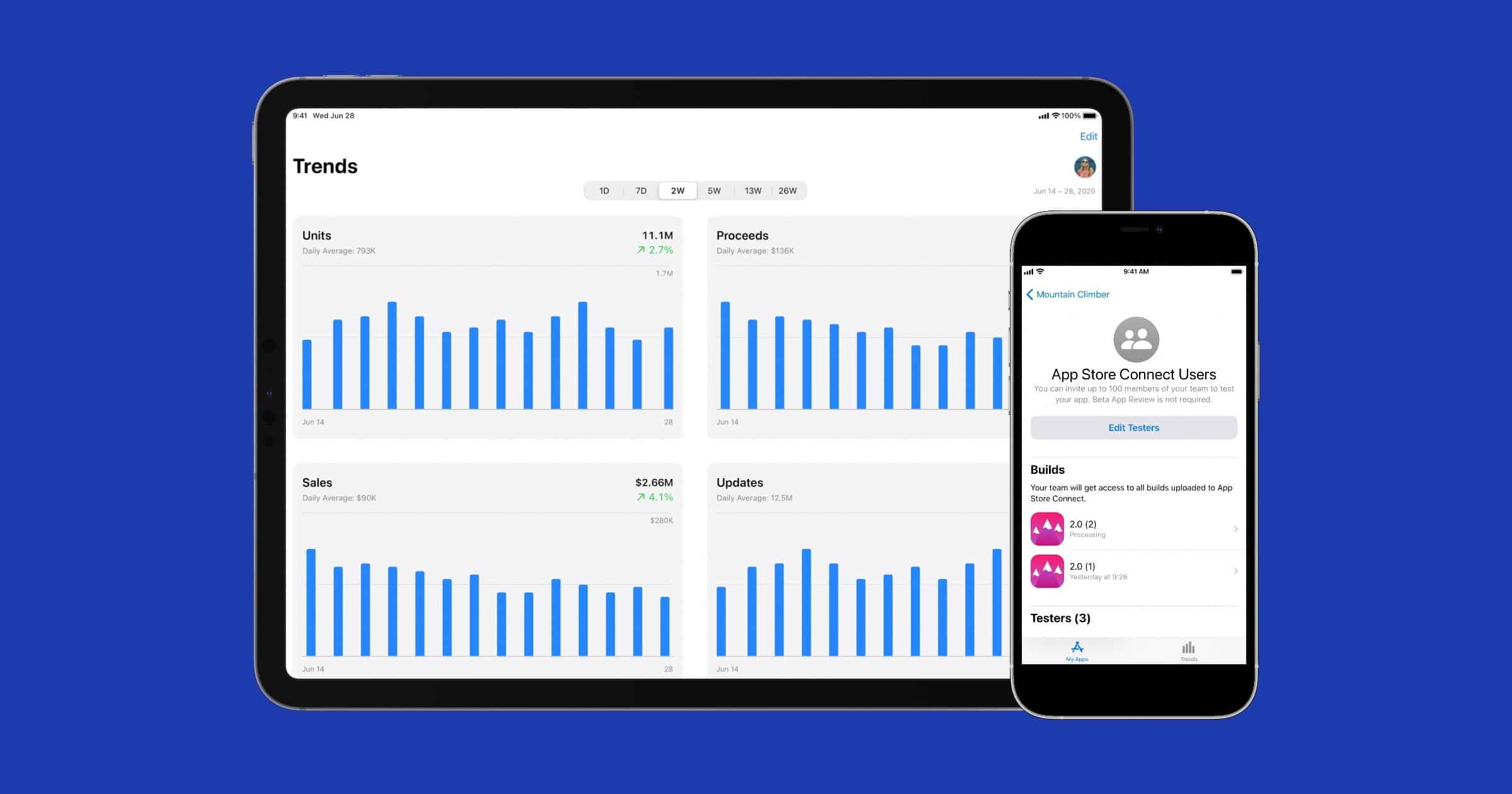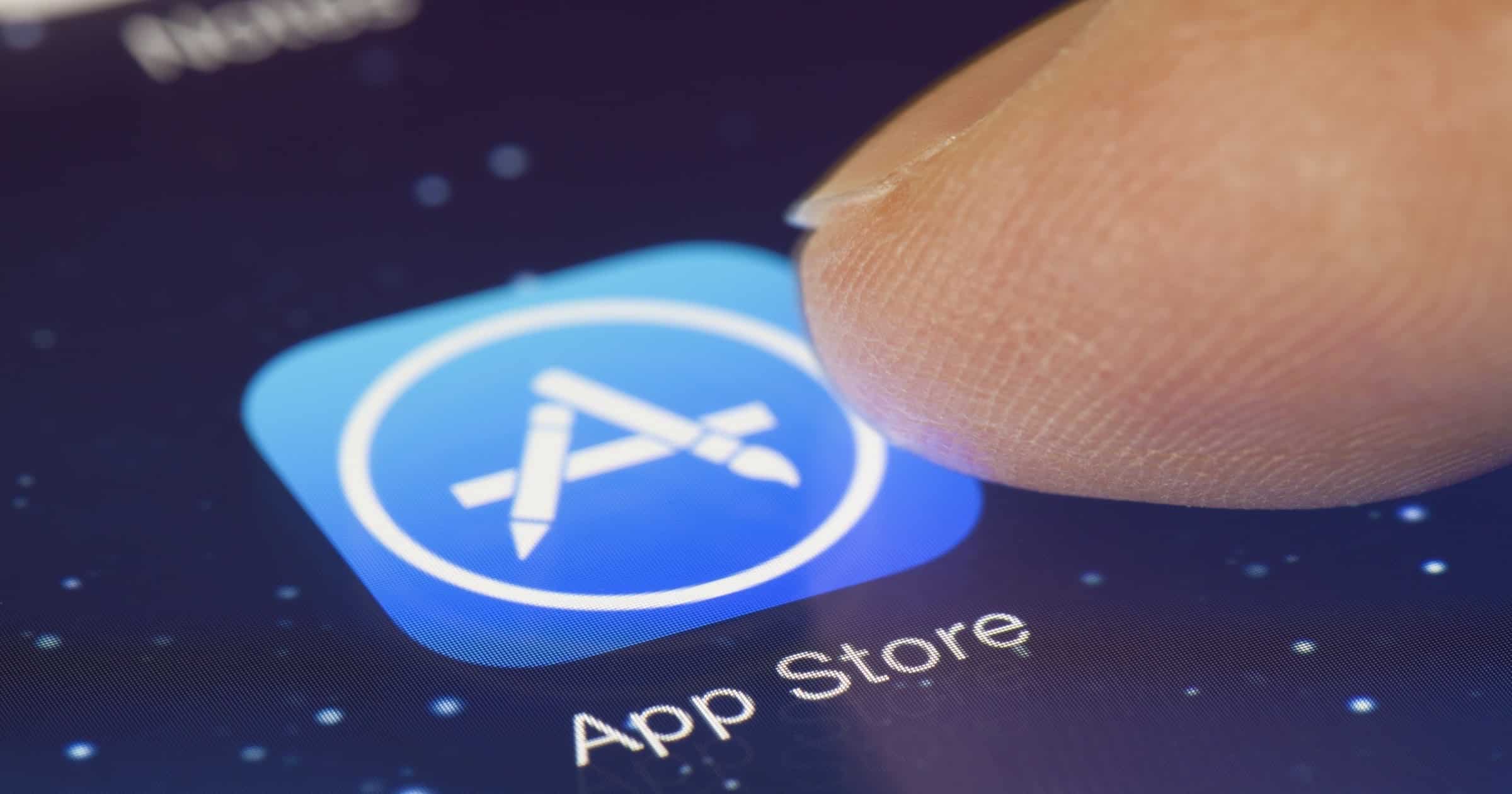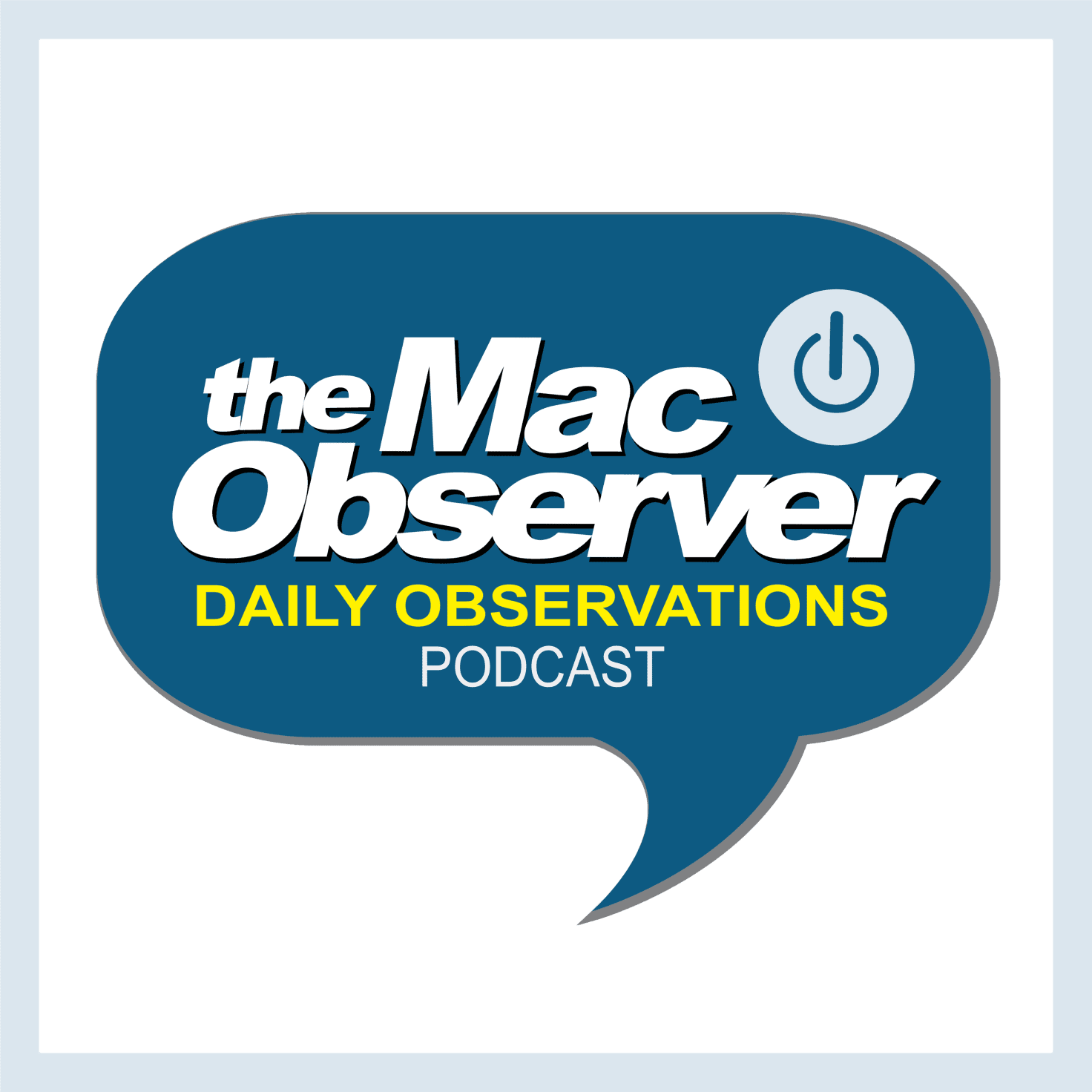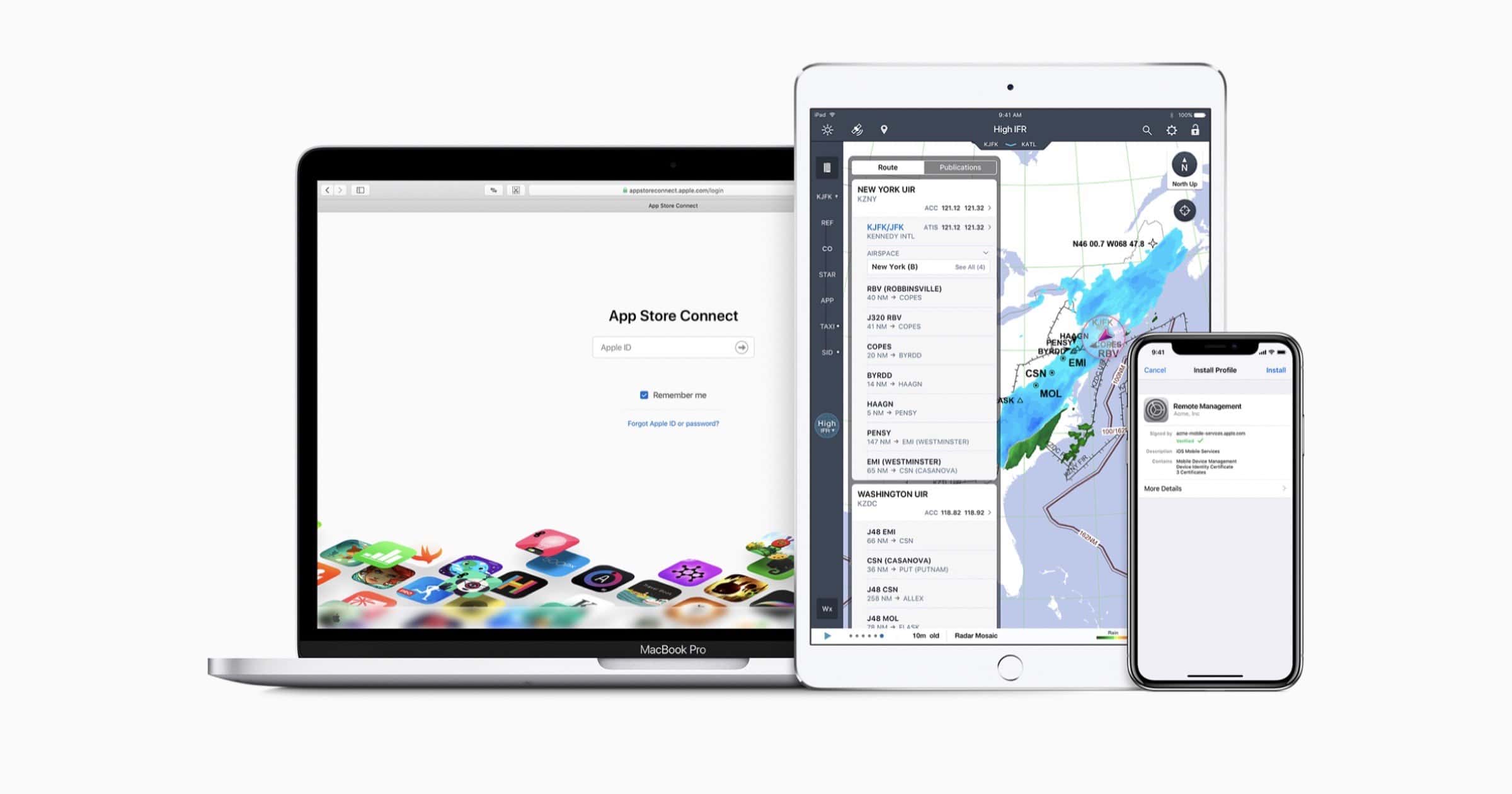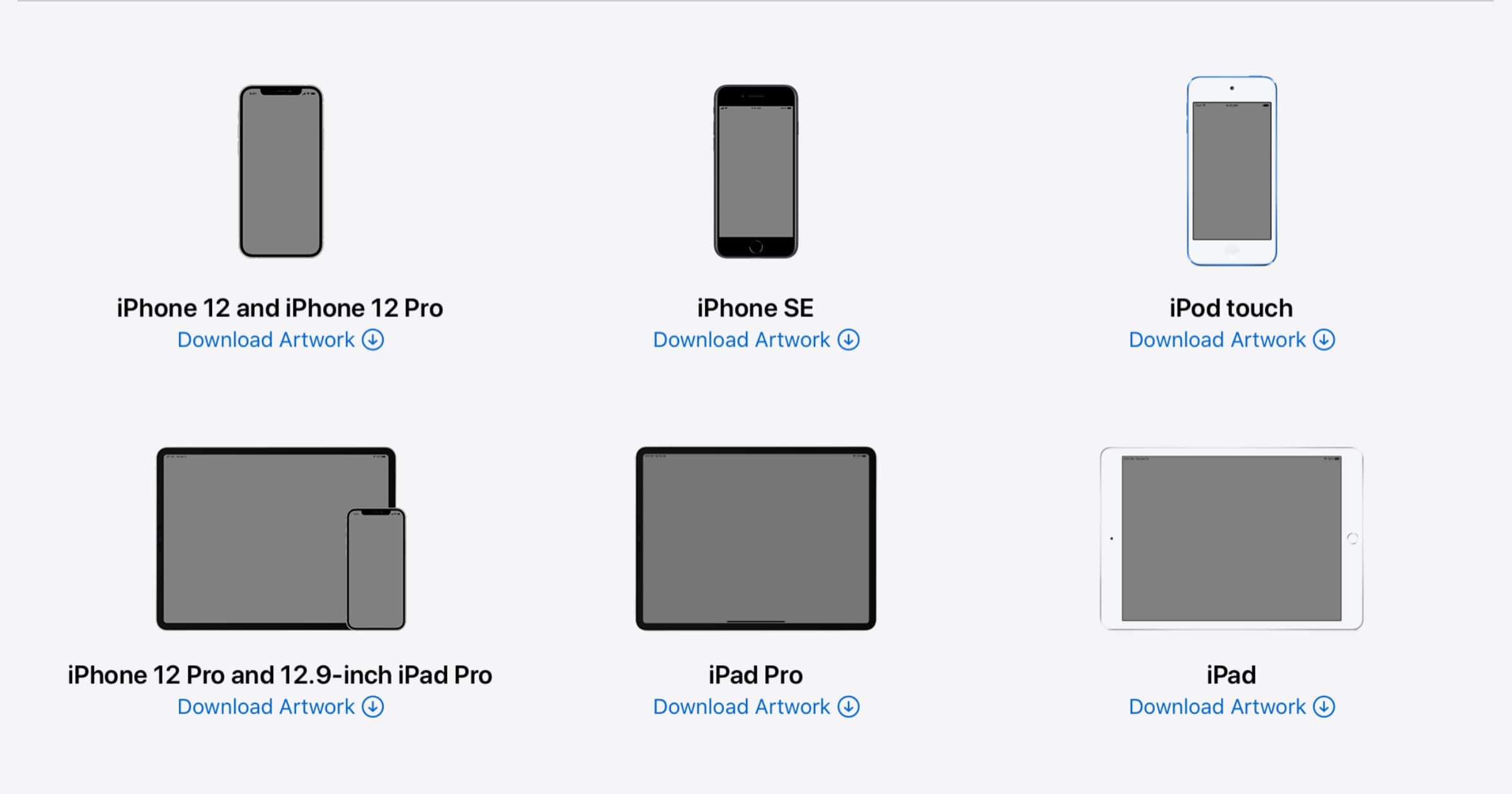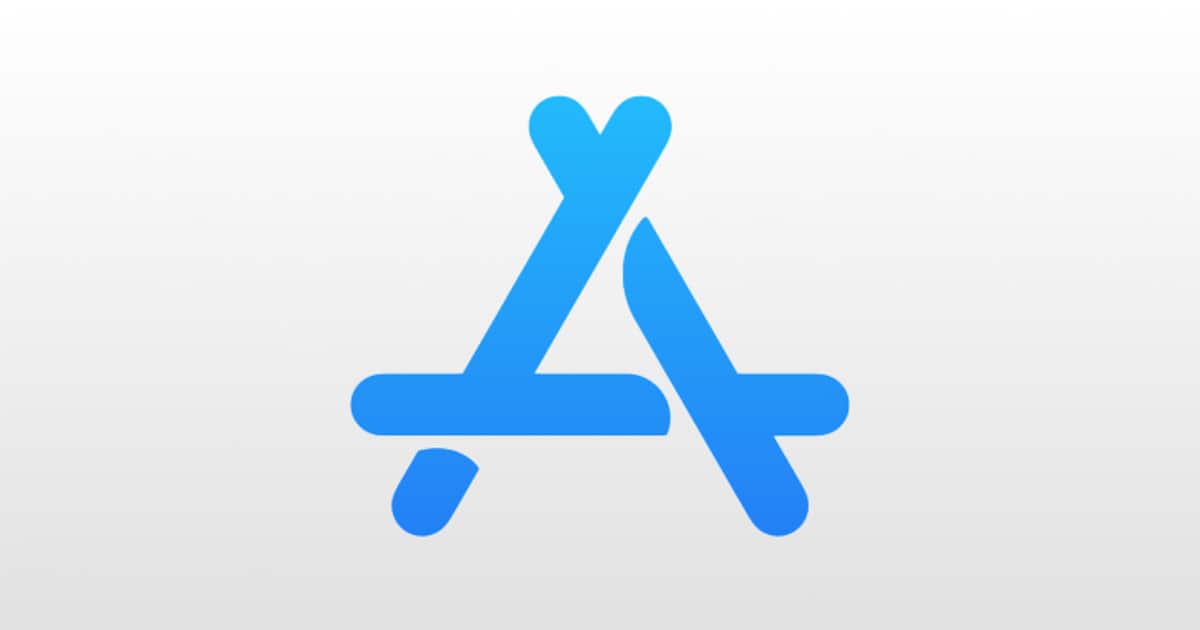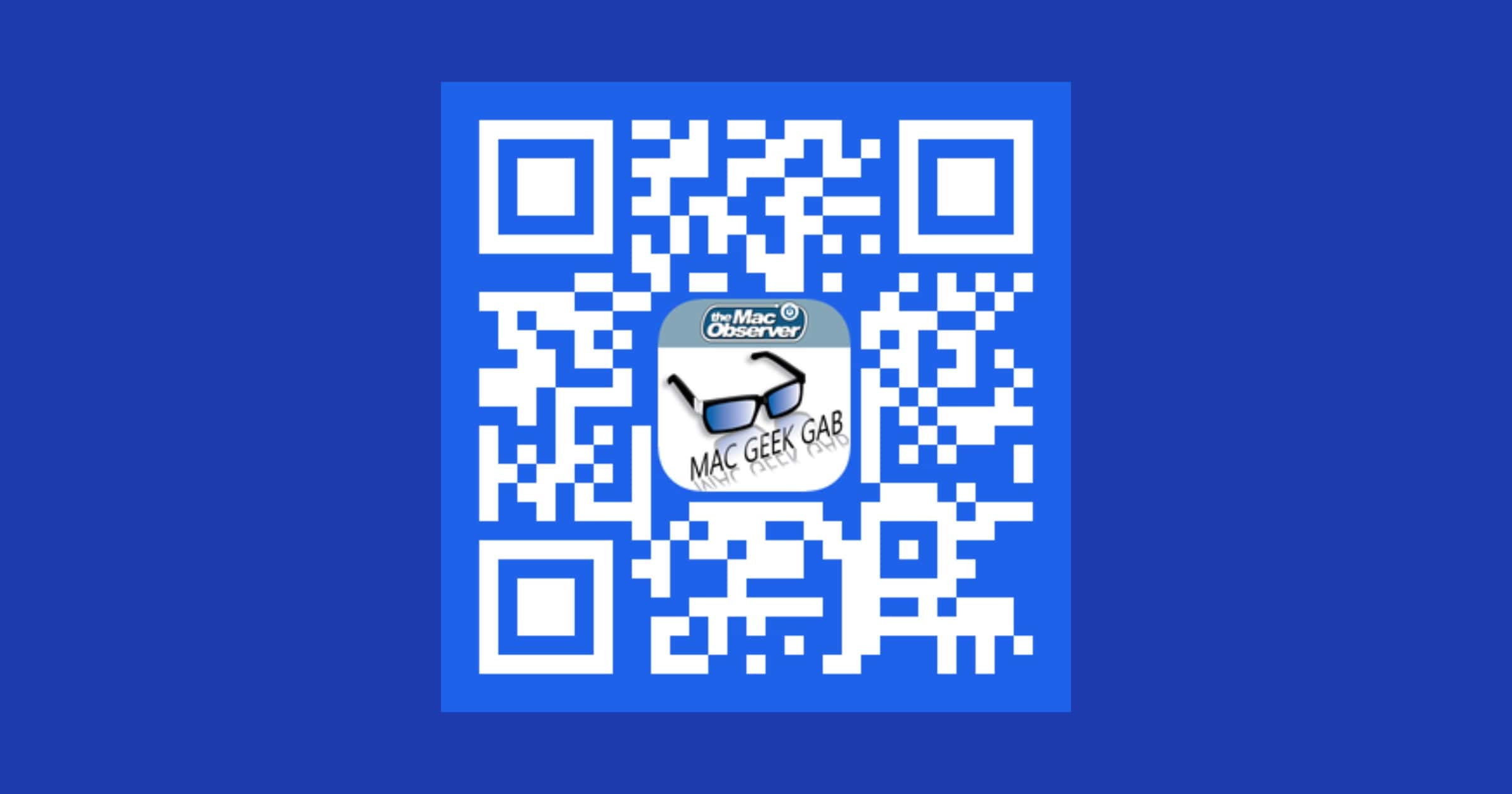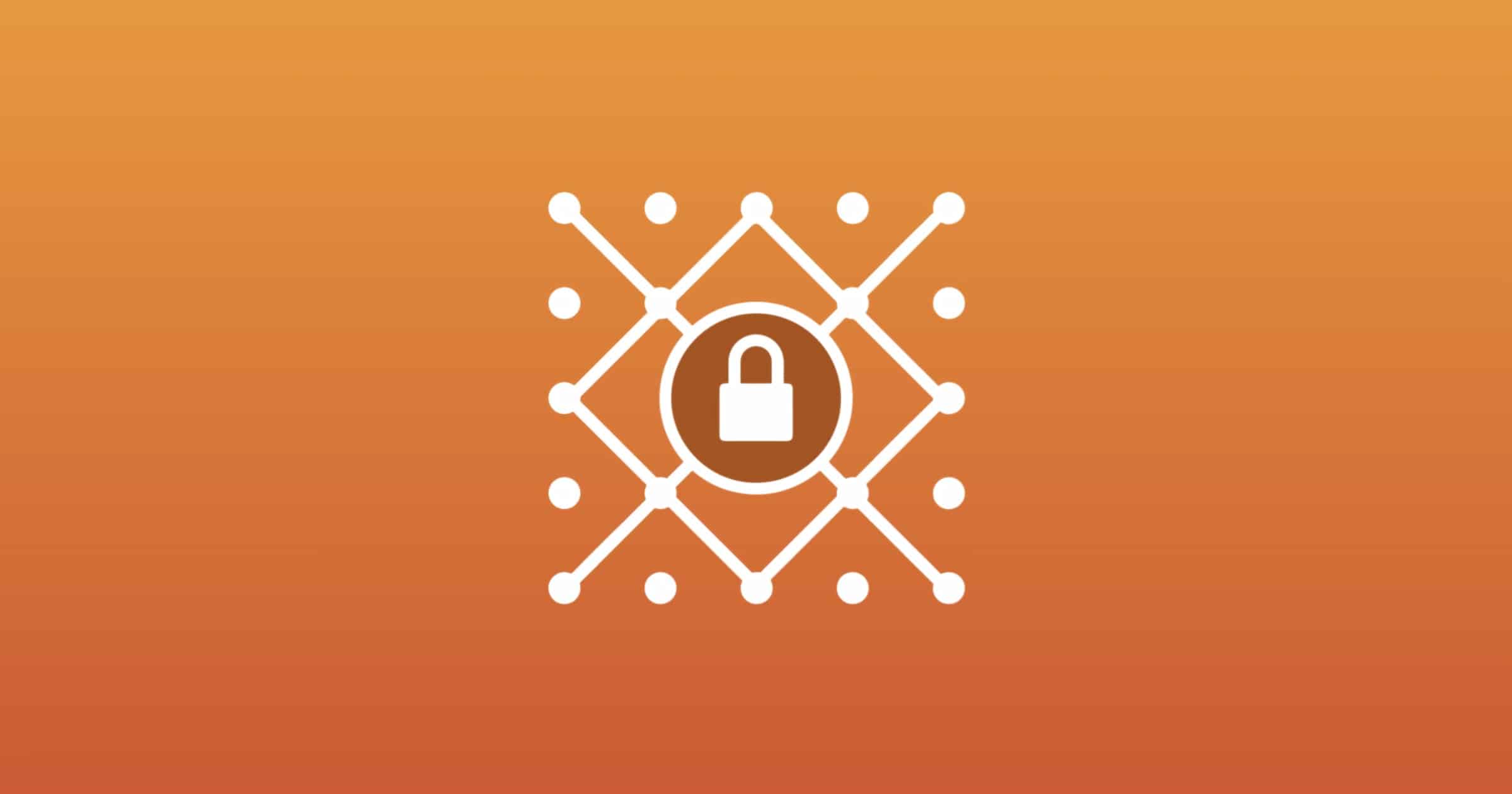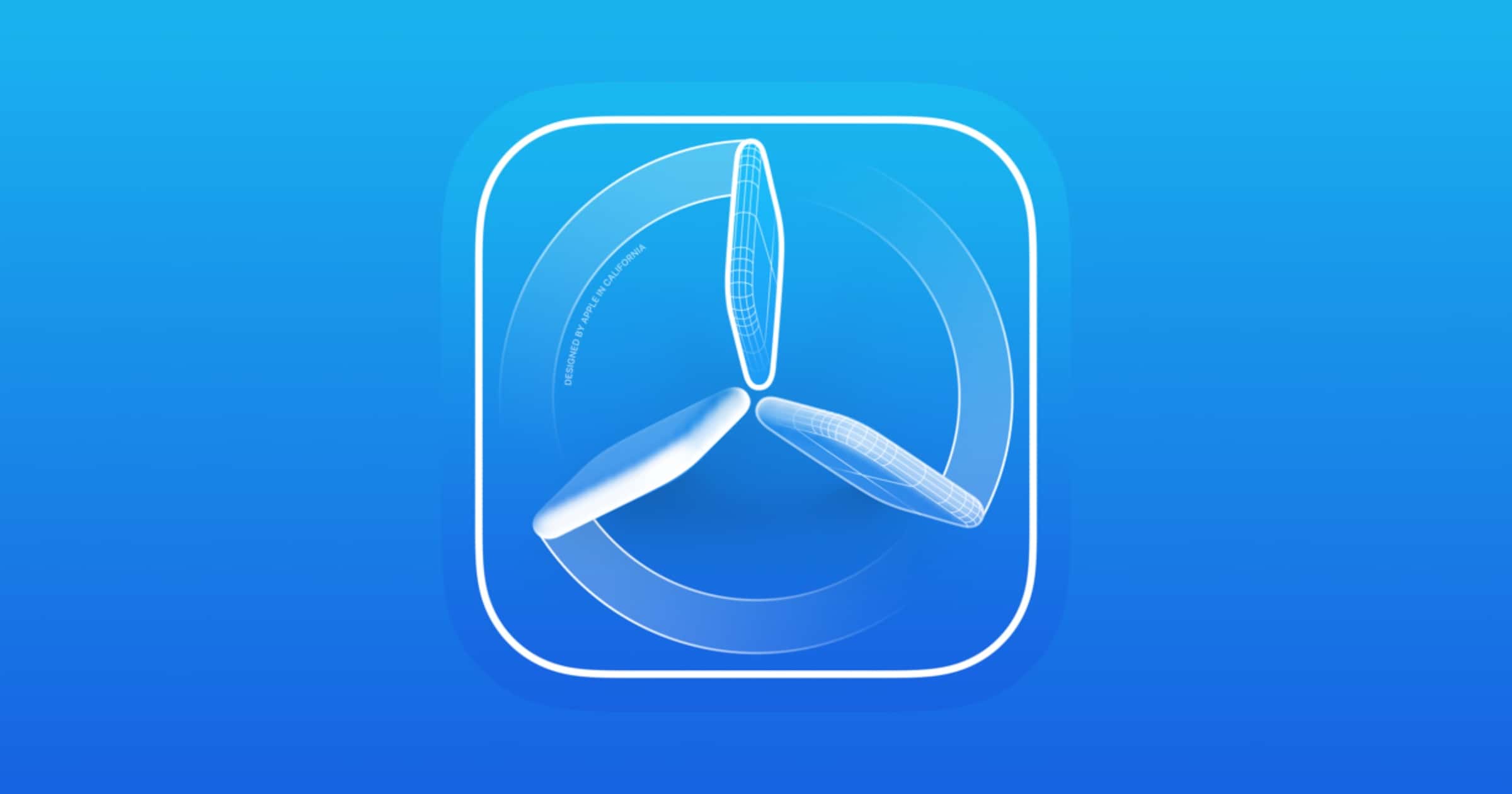In 2020 Apple announced it would support browser extensions that used the WebExtensions API. But as Jason Snell points out, we haven’t seen many yet. One developer listed possible barriers for entry:
Limited time, lack of access to Apple hardware, unfamiliarity with Apple’s developer tools, Safari’s incompatibility with some existing extension-development tools, and the requirement to make some code changes in order to fit inside Apple’s security model.
I think another barrier is probably the US$99/year developer program fee. It makes sense if you’re already in the program to build an extension if it makes sense for you, but I don’t think many outside of the program will pay that just to release a new extension. Then again, it’s still in the early days of this new support.
